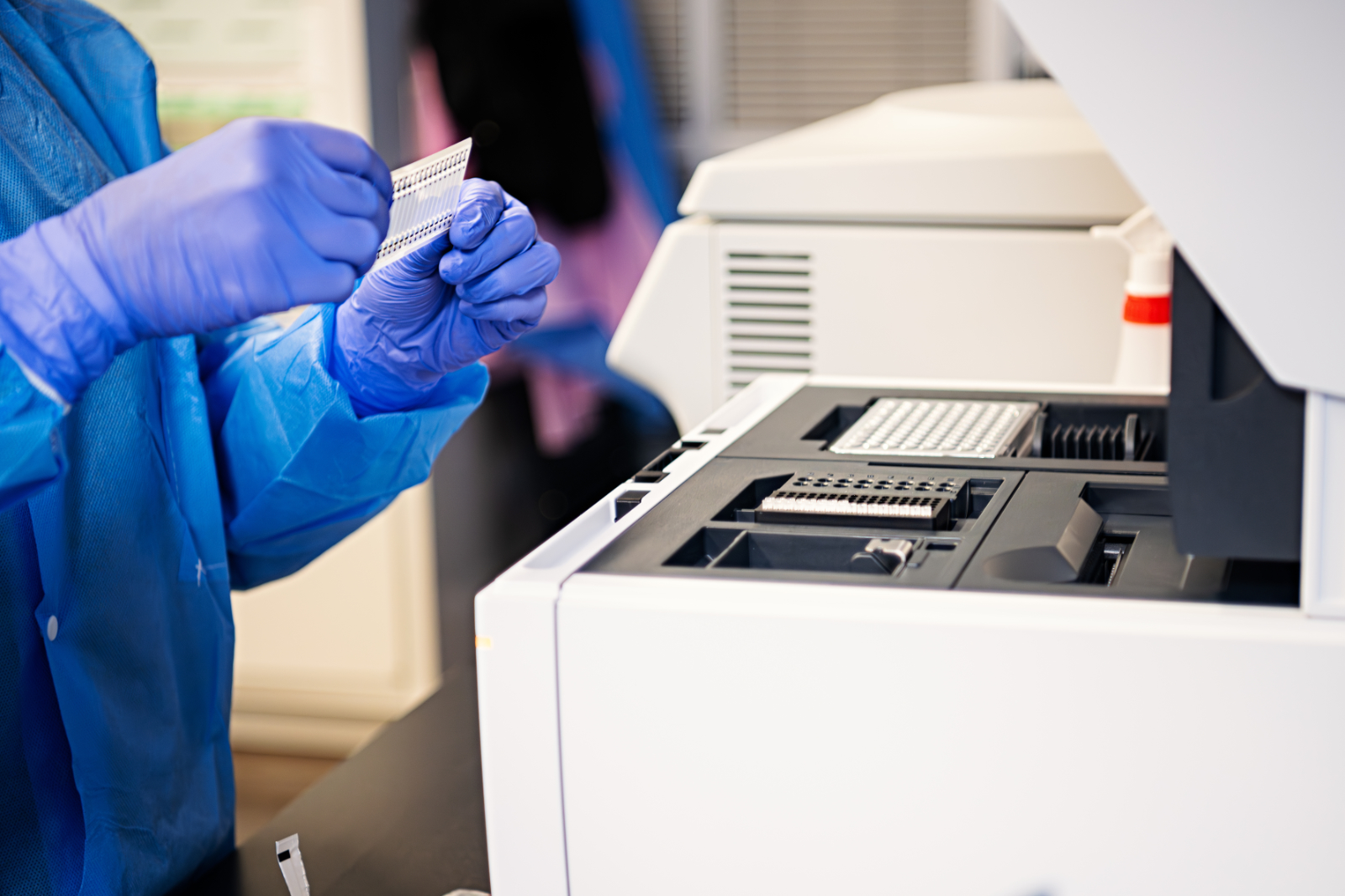
The Key to Strong Oncology LDT Validation? Start with the Right Samples
Jul 23, 2025
By Aaron Schlum, Director of Development & Quality Assurance, Reference Medicine
Launching a successful laboratory-developed test (LDT) in oncology requires more than technical expertise—it starts with a solid validation set. A well-constructed validation set not only supports clinical utility but also aligns with the rigorous standards of CAP and ISO. Here's what labs need to prioritize to ensure that their validation samples deliver the data required to achieve regulatory readiness and clinical confidence.
1. Reflect Real-World Diversity
Every test is designed to serve a specific patient population, and the validation set must reflect that population’s diversity. That means including specimens that span:
- Demographics: Ethnic and racial representation can significantly influence genomic findings. Testing a diverse set of samples ensures the assay is thoroughly evaluated and performs effectively across different populations.
- Disease states: For oncology, this means including a range of cancer stages—early, intermediate, and late.
- Geographic origins: Patients from different regions may present with biological variations. Including geographically diverse samples helps make the assay more robust.
- Specimen types: It’s essential to match the validation sample type to the assay type. Validating an FFPE-based assay? FFPE specimens are a must. If the assay targets plasma, then plasma specimens are needed from the start.
- Quantity: Having enough samples is as important as having the right ones. CAP and ISO standards require specific performance parameters, and hitting those metrics demands a sample size that supports statistical validity.
This diversity isn’t just about compliance—it’s about building a test that genuinely works in the real world.
2. Clear Understanding of the Type of Validation Needed
CAP and ISO standards require that labs assess:
- Accuracy and precision
- Specificity and sensitivity
- Limit of detection
- Linearity and reportable range.
Understanding whether the assay will yield quantitative or qualitative results will also affect the sample count and the kind of specimens required. A quantitative assay may require more variation and edge cases to fully characterize the reportable range.
3. Push the Boundaries
A strong validation set should do more than confirm expected results—it should challenge the assay. Think of this as stress- testing the change to confirm reliability at the margins. Include:
- Low DNA quantity specimens to test the limits of detection
- Rare variants, like ROS1 fusions, which are difficult to find, but critical for comprehensive performance evaluation
- Cross-reactive substances, such as heme in blood samples, that could potentially interfere with results. Including such specimens ensures the assay holds up under realistic conditions.
This boundary-pushing is where edge cases shine. They reveal whether a test is truly ready for clinical deployment or likely to falter under pressure.
4. Choose the Right Controls
Controls are foundational for validating test accuracy—and they need to be defined from the start. Every validation run should include:
- Positive controls: Known positive specimens that contain the target marker or mutation.
- Negative controls: Non-template or known negative samples used to confirm that contamination hasn’t occurred.
- Extraction controls: If the assay includes an extraction step, controls must be included that start at this phase to catch any early-stage issues.
Beyond quality assurance, controls help determine where cutoffs should fall for positive versus negative results once the validation data is analyzed. They also support accurate limit-of-detection metrics and reproducibility.
5. Test for Stability and Reproducibility
Real-world lab conditions vary, and so do the environmental challenges specimens face. Validating a test means proving it works even when the ideal conditions don’t hold.
- Freeze-thaw cycles: Repeated freezing and thawing can degrade samples. Validating against this ensures the assay holds up.
- Temperature stress: Samples often undergo temperature changes during transport or processing. Assays must perform consistently across a range of conditions.
- Long-term stability: Validation isn’t just a one-time affair. Understanding how a specimen behaves over time—six months, a year, even two—helps establish shelf life and usability windows.
- Orthogonal testing: Running samples on a different platform or sending them to an outside lab provides confirmation that results are reproducible, regardless of the testing system used.
Consistency is everything in diagnostics. Validating for stability and reproducibility ensures confidence that today’s result will still be reliable tomorrow.
BONUS TIP: Don’t Forget the Documentation
Every sample, every result, and every step of the validation process must be traceable. Comprehensive record-keeping isn’t just best practice—it’s required for regulatory compliance. Without complete documentation, even the best validation can be called into question.
From accessioning to final result reporting, records should be clear, accessible, and linked directly to each sample used. This is non-negotiable under CAP and ISO guidelines.
Precision Starts with Validation
Validation sets are the bedrock of trust in lab-developed tests. Before an assay ever touches a clinical sample, the validation must prove that the test can do what it claims—reliably, accurately, and across the intended patient population.
Labs that work with oncology specimens face additional complexities: tumor heterogeneity, rare biomarkers, and specimen integrity all pose unique challenges. That’s why it’s critical to get the validation set right the first time.
A thoughtful approach—one that starts with sample diversity and ends with reproducibility—ensures that the test will not only pass regulatory muster but also deliver real value to patients and clinicians.

